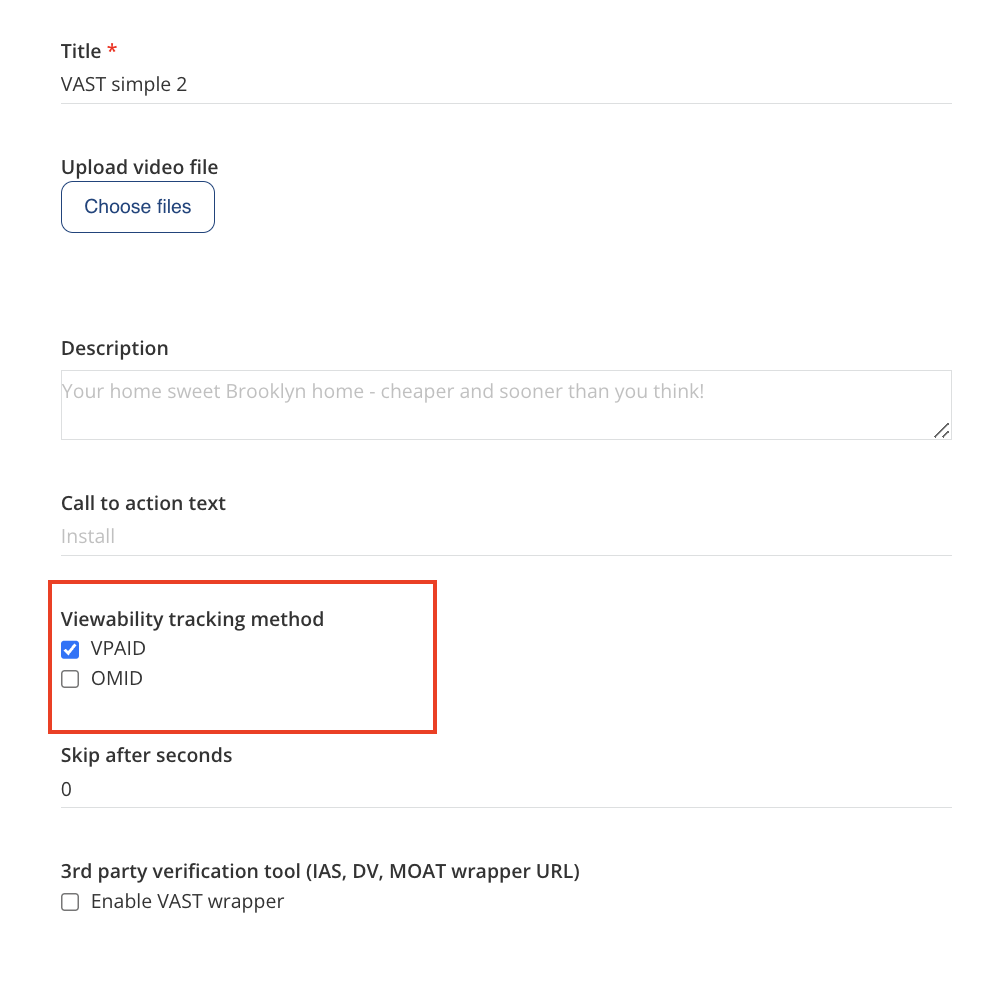A Comprehensive Guide to VPAID - web advertising
Introduction
In the dynamic world of online advertising, there are various technologies and standards designed to enhance the delivery and measurement of video ads. One important standard in this realm is VPAID (Video Player Ad-Serving Interface Definition). This manual article aims to provide a comprehensive understanding of VPAID, exploring its purpose, applications and the challenges it face in the market.
Understanding VPAID
VPAID, or Video Player Ad-Serving Interface Definition, is a standard that enables seamless communication between video players and ad units, enhancing the interactivity and measurement capabilities of video ads. Alongside facilitating interactive experiences like clickable overlays and interactive games, VPAID also plays a crucial role in video viewability tracking.
With VPAID, advertisers and web publishers can track the visibility and engagement of their video ads by integrating JavaScript code within the ad unit. This code captures visibility-related events and communicates them to the video player, allowing for the measurement of viewability metrics such as full view, partial view, and non-view. By leveraging VPAID's standardised API for video viewability tracking, advertisers gain insights into viewable impressions and viewability rates, enabling them to optimise their campaigns for maximum ad visibility and effectiveness.
Even though VPAID can be used across various platforms and devices to track viewability metrics for video ads. The biggest adoption is seen only between web publishers. Therefore, if advertisers will use VPAID adapter or tags they will mostly serve ads on web publishers.
How it is used
VPAID is widely used by video web publishers and advertisers to enable interactive features, track user engagement, and measure video viewability. By integrating VPAID-compliant ad units, advertisers can incorporate video viewability tracking capabilities into their campaigns. This allows advertisers to and optimise their campaigns for enhanced ad visibility and effectiveness. Furthermore, web publishers can leverage VPAID to offer transparent viewability metrics as a value-added service, promoting trust and accountability in their advertising inventory.
How VPAID is used at Eskimi?
Eskimi, a leading advertising platform, leverages the Google VPAID adapter to enhance their video ad capabilities, particularly when it comes to measuring viewability. By utilizing the Google VPAID adapter, Eskimi seamlessly integrates their video ad-serving technology with the widely used Google IMA SDK (Interactive Media Ads Software Development Kit) which is used by web publishers. This integration allows Eskimi to ensure that video ads served through their platform are not only interactive but also accurately track viewability metrics.
The Google VPAID adapter provides Eskimi with the tools needed to deliver engaging video ads while effectively measuring viewability, giving advertisers and web publishers the insights they need to optimise their campaigns for better visibility and overall performance. By utilising the power of the Google VPAID adapter, Eskimi enables advertisers to achieve greater transparency and accountability in their video ad campaigns, ultimately driving more effective and impactful advertising experiences.
Practical implementations
To enable video viewability tracking advertisers should select VPAID when uploading original VAST video or remote VAST URI ads. See the example below:
Keep in mind that by selecting this tracking method you will only search for ad placements which supports VPAID. Therefore, the traffic may be limited to web publishers which support VPAID.

